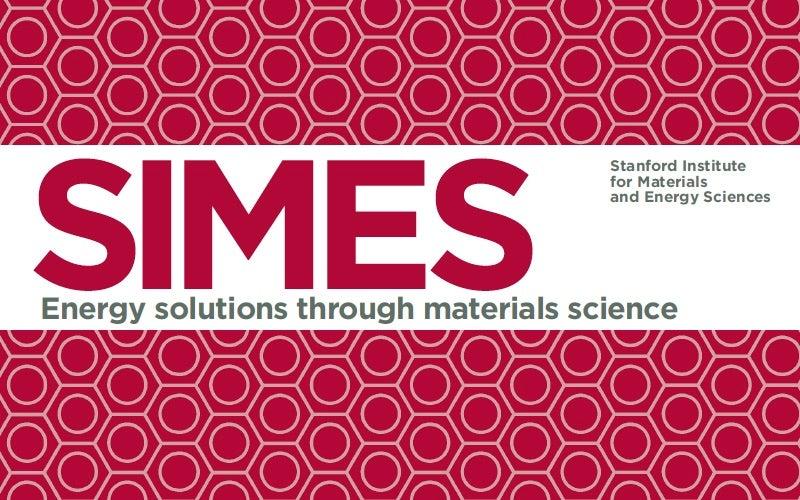New Programs Enhance SIMES Role in Studying Exotic New Materials
Projects to Support Research in 'Valleytronics'
Two new three-year research projects are supporting the role of the Stanford Institute for Materials and Energy Sciences (SIMES) as a leading center for studying exotic new materials that could enable future innovative electronic and photonic applications. SIMES is a joint institute of Stanford University and the Department of Energy's SLAC National Accelerator Laboratory.
“These awards are very important for SIMES,” said Tom Devereaux, a professor at SLAC and director of SIMES. “We have been establishing leadership in scientific areas that make SLAC unique. The awards significantly strengthen our core efforts in ultrafast science and quantum materials.”
The two complementary projects will explore several theoretical and experimental aspects of an emerging area called “valleytronics.” In valleytronics, electrons move through the lattice of a two-dimensional semiconductor as a wave with two energy valleys whose characteristics can be used to encode information.
Prime valleytronic materials are chalcogenides (pronounced cal-CAW-gin-eyeds), materials composed of a heavy metal atom and one or more atoms of oxygen, sulfur, selenium or tellurium. Many chalcogenides naturally form atom-scale layers that, under the right circumstances, result in special properties of interest to the SIMES researchers.
“For example,” said SIMES researcher Yi Cui, “shining certain types of light onto some chalcogenides can control their electrons’ movements in ways that produce properties favorable for their use in efficient photodetectors, low-energy computer logic and data storage chips or quantum computers.”
The SIMES researchers will perform theoretical calculations, make new nanomaterials and perform experiments in SLAC’s laboratories and DOE Office of Science User Facilities, including the Stanford Synchrotron Radiation Lightsource and the Linac Coherent Light Source. Their ultimate goal is to learn how to tune the materials to optimize their electronic properties.
“SIMES and SLAC provide a wonderful combination of expertise in material synthesis, advanced characterization capabilities and theory, bringing together the key ingredients to make progress in this exciting new field,” remarked Stanford/SLAC Professor and SLAC Chemical Sciences Division Director Tony Heinz.
One project, titled “Induction and Dynamics of New States of Matter in Two-Dimensional Materials,” is led by Devereaux, with co-investigators Zhi-Xun Shen, Aaron Lindenberg and Tony Heinz. It has received funding under the DOE’s "Scientific Discovery through Ultrafast Materials and Chemical Sciences" program. SLAC was the only DOE national lab chosen as a sole principal investigator in this program.
The second project, “Chalcogenide Nanomaterials,” is led by SIMES researcher Yi Cui with co-investigators Harold Hwang, Shoucheng Zhang, Jun-Sik Lee and Hongtao Yuan. After the project's success with last year’s seed funding, the DOE has established a core program at SLAC in this novel area.
Contact
For questions or comments, contact the SLAC Office of Communications at communications@slac.stanford.edu
SLAC is a multi-program laboratory exploring frontier questions in photon science, astrophysics, particle physics and accelerator research. Located in Menlo Park, Calif., SLAC is operated by Stanford University for the U.S. Department of Energy's Office of Science.
The Stanford Institute for Materials and Energy Sciences (SIMES) is a joint institute of SLAC National Accelerator Laboratory and Stanford University. SIMES studies the nature, properties and synthesis of complex and novel materials in the effort to create clean, renewable energy technologies. For more information, please visit simes.slac.stanford.edu.
SLAC National Accelerator Laboratory is supported by the Office of Science of the U.S. Department of Energy. The Office of Science is the single largest supporter of basic research in the physical sciences in the United States, and is working to address some of the most pressing challenges of our time. For more information, please visit science.energy.gov.






